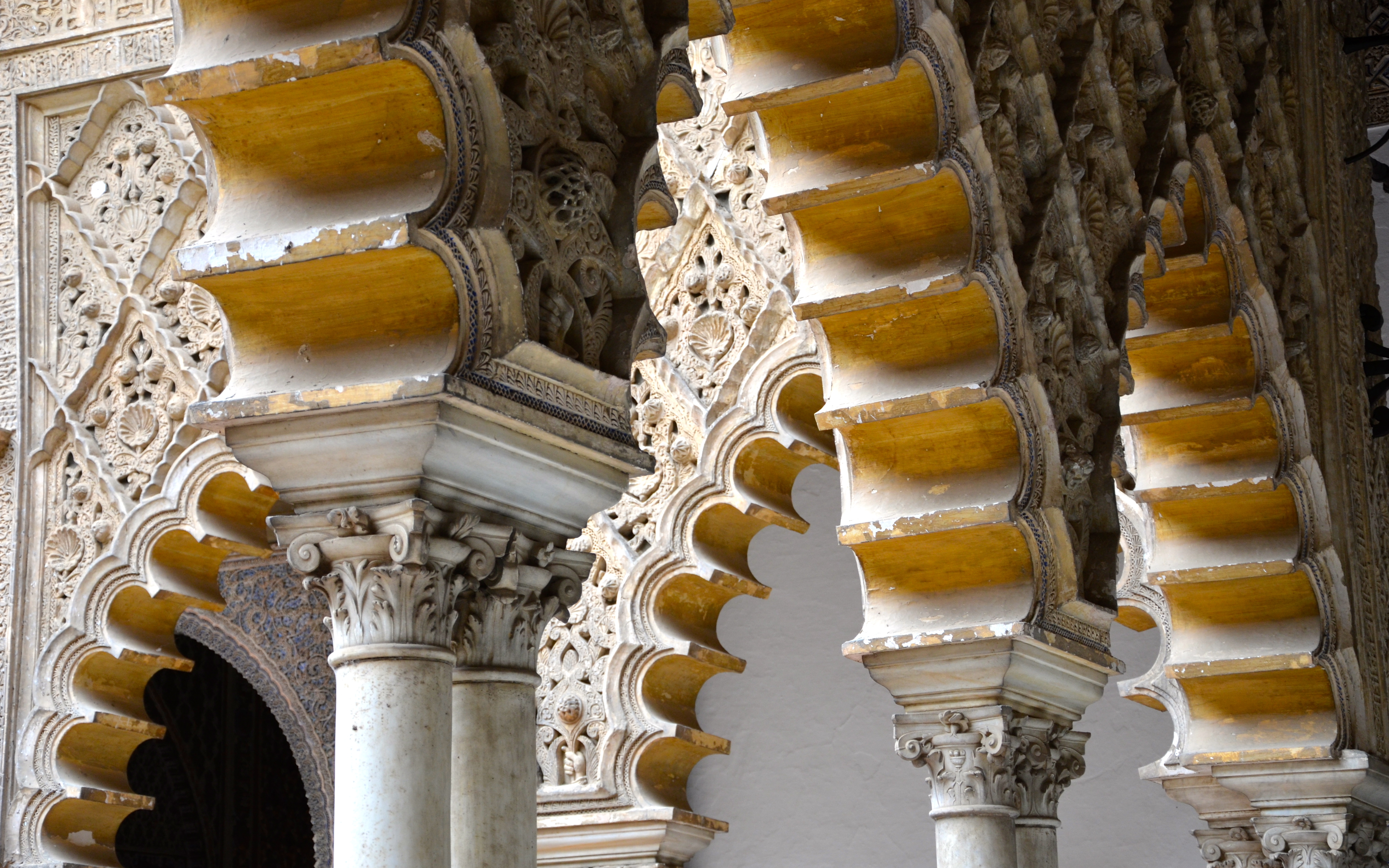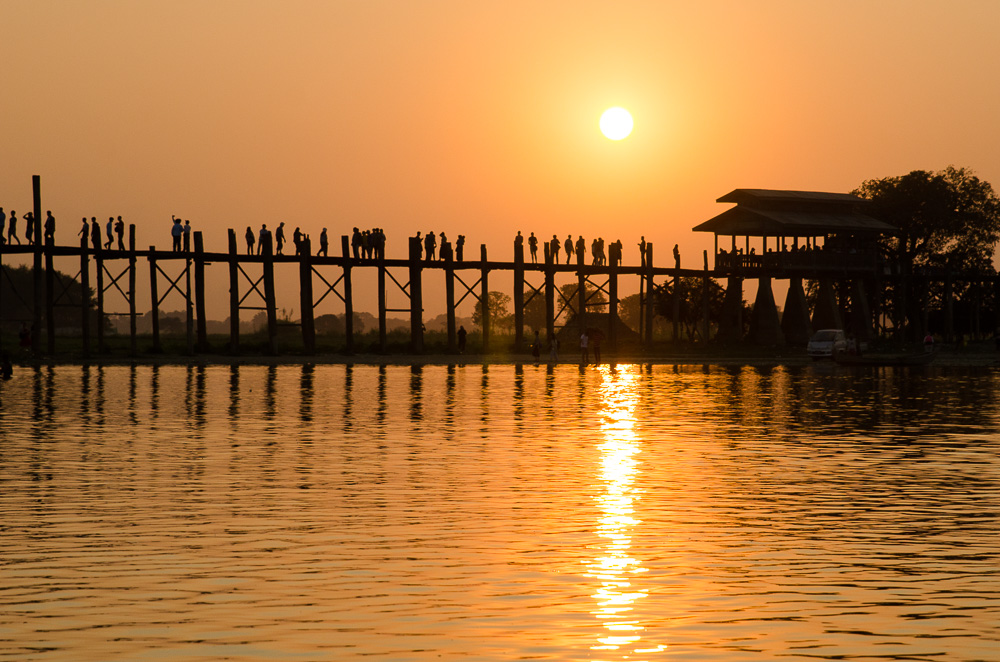Four forty five in the morning is pretty damn early for an unemployed person to be getting up but we were heading out for the quintessential South East Asian experience…seeing the sun rise over Angkor Wat. We were not the only ones trying to get a jump on the day; there were hundreds of people stumbling along in the dark, cameras in hand, jockeying for a place along the edge of the pool. Some had tripods and expensive cameras with long cumbersome lenses, some had compact point and shoot cameras, but many had only their cell phones or a scattering of I Pads being used to record the moment.
While we waited I reflected on what I had read about the temples and the culture that created them. While Angkor Wat is the most recognizable temple with its silhouette of 5 magnificent corn-cob towers against the morning sky, there are an additional thirty eight temples accessible to the public. The temples are scattered across 400 square kilometers of countryside between Tonle Sap Lake and the Kulen Mountains with the largest and most famous clustered around Siem Reap. Of course, Angkor Wat is the best known, but several of the others such as Bayon and Ta Prohm are familiar to us because they have been used as sets for films such as Laura Croft Tomb Raider and Indiana Jones.
The beginning of what we consider the Khmer Empire started with the arrival Jayavarman II in the late 8th century and it was also deemed the start of the Angkorian period. Jayavarman II founded the devaraja cult of Hinduism which was to last for 500 years. Until the eleventh century the Khmer kings were Hindus and one of their most important duties was temple building. Temples were considered akin for the gods to whom the temple was dedicated (most were consecrated to Shiva) and upon the death of a king his spirit was supposed to merge with the god of the temple. As a result the temples were seldom used by the next king and everyone went on their own building spree. In the ninth century the temple building boom really started in full force due to a rapid succession of kings.
In the eleventh century the country converted to Buddhism but the Kings did not try to convert the population as a whole and so when touring the temples one sees the melding of Hinduism and Buddhism everywhere. Many of the bas-relief carvings on the temple walls (Apsaras) are representative of the Hindu legends and tell stories of Vishnu or the Churning of the Sea of Milk. These scenes are delicately carved along long galleries running hundreds of meters in length.
All of a sudden there are flashes, clicking and whirring. Ooh and Aahs…..the sun has come up behind the towers of Angkor Wat. After fifteen minutes of shooting the diehards are off moving towards the temple hoping to beat the hoards of people and catch the sunlight as it starts to kiss the temple roofs and starts peaking, however faintly, into sheltered courtyards and covered galleries of this majestic temple complex.
I wandered around for three hours getting a sense of the layout, taking photos, marveling at the delicate carvings everywhere (inside & out) and being totally astounded by this feat of engineering pulled off in the early 12th century. So much more sophisticated then European construction during the Dark Ages and the early Middle Ages it seems to me.
Built in a quad with a pyramid in the center and concentric galleries as was typical of the Khmer style, the temple with four enclosures and three levels surrounded by a moat covers about 200 hectares…very easy for the average visitor to become exhausted and overwhelmed.
While my first impression was one of amazement, it soon developed a sameness…grey, grey and more grey. This massive mound of carved sandstone has no color other than the discoloration made by mold or water and perhaps a sash on an occasional statue. But research tell us that this was not always the case…as the drab grey Gothic Cathedrals of the Middle ages were once richly painted and decorated so too were the Temples of Angkor.
Imagine if you can this massive stone edifice gaily painted, statues polychromed or covered in gold leaf, banners of rich brocade woven with gold, Apsara temple dancers bejeweled and richly clad performing their ancient minuets, processions of priest and potentates paying homage to gods and kings…do that and then look at Angkor Wat through fresh eyes and marvel that such a splendid place is or ever was.












4 Comments
Great! Your writing is getting very professional. Welcome to the pantheon of well-written blogs.
Larry, I loved the colors dancing in my head, when I started to imagine as you suggested.
What as awesome sight it must have been and still is now. I am anxious to “continue your
journey…” Cathy Joseph
You didn’t see even a minuscule trace of decoration somewhere that survived the centuries? I would thinkt that pigment would have permeated the relatively soft sandstone deeply enough that there’d be some sign of it still. So interesting, all of it.
Drop me a line with updated contact info.
Happy Thanksgiving, 2915!